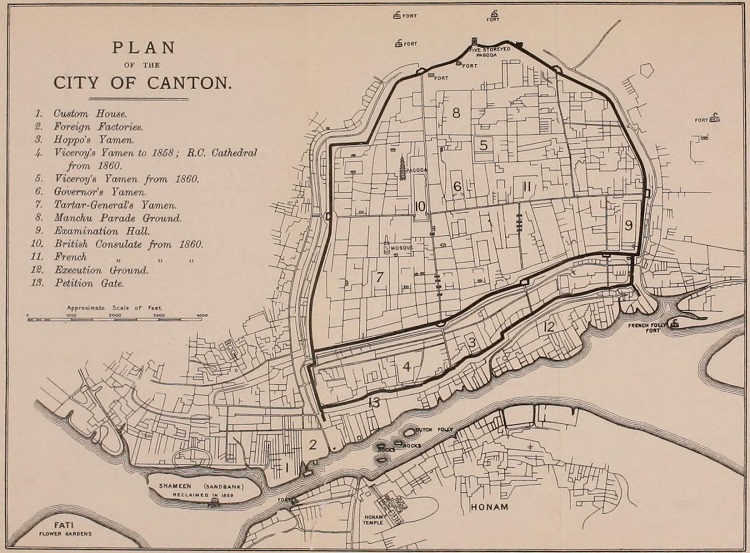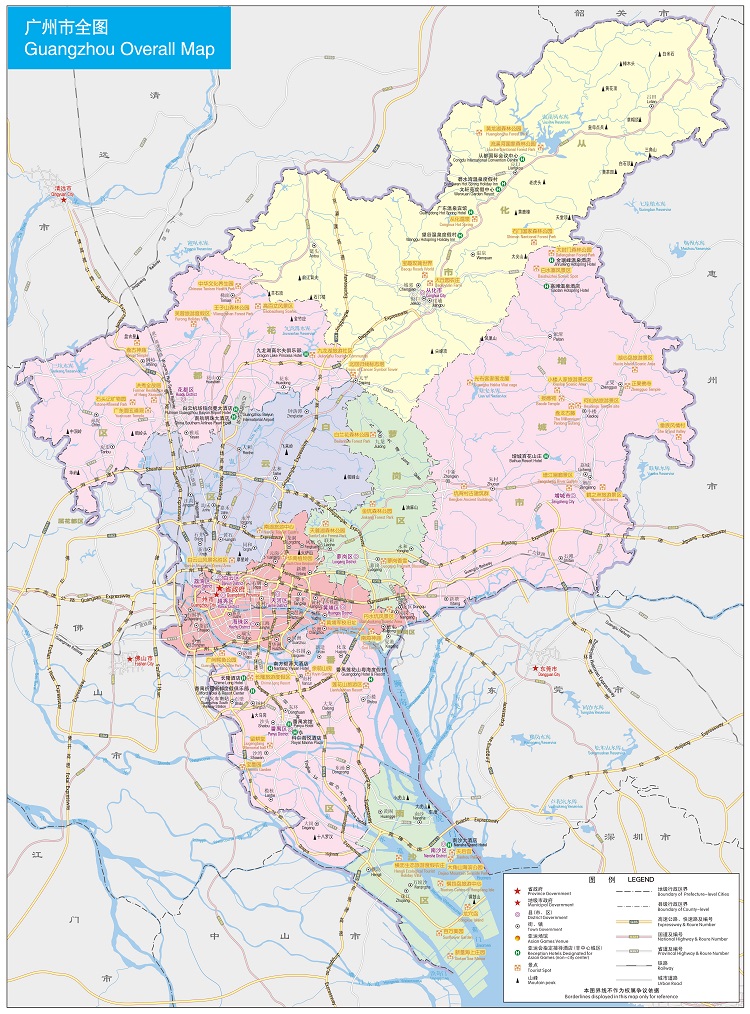In a series of articles and photographic series, we're taking a look at how Guangzhou has evolved in the past century. This section details the evolution of public transportation and the emergence of today's municipal districts.
In 1900, the area within Guangzhou’s city wall was about 18 square kilometers. In 2015, Guangzhou encompasses an area of 7,434 square kilometers. And that's just the tip of the iceberg in terms of how much the city has blossomed.
The long and winding road to modern transportation
.jpg)
1904: Canton-Sam Shui Railway completed by American engineers in Guangdong, stretching 52 kilometers
1906: Sunning Railway completed as the second commercial railway in South China
1907: Construction begins on Kowloon-Canton Railway
1915: China’s first diesel engine created in Guangzhou’s Xietonghe Machine Manufacturing Factory
1915: Used cars are imported from Hong Kong and refurbished into Guangzhou's first taxis
1926: Huang Zaihua founds privately run Public Road Bus Company in Taishan
1931: Guangzhou Tianhe Airport officially put into use
1936: Guangdong-Hankou Railway opens, running from Guangzhou to Wuchang
1937: Guangzhou’s first highway network begins to take shape
1952: Guangzhou First Bus Company established by municipal government
1965: Guangdong officials carry out a geological survey and plan for a future metro
1987: Construction begins on Guangshen Expressway
1993: Construction begins on Guangzhou Metro
1997: Guangzhou Metro Line 1 opens from Xilang to Huangsha
Years of district additions to Guangzhou


Guangzhou
1950: Yuexiu and Liwan
1953: Huangpu
1960: Dongshan and Haizhu
1985: Tianhe
1987: Baiyun
2000: Panyu and Huadu
2005: Nansha; Dongshan merges into Yuexiu
2014: Zengcheng and Conghua
2015: Guangzhou is comprised of 11 districts: Liwan, Yuexiu, Haizhu, Tianhe, Baiyun, Huangpu, Panyu, Huadu, Nansha, Conghua and Zengcheng
Note: Dongshan, Haizhu (previously named Henan) and Liwan (previously named Xiguan) emerged much earlier, but were not officially named districts until the years displayed aboved. Also, many districts, such as Huangpu, have been disbanded, altered and relisted numerous times since 1950.


















0 User Comments